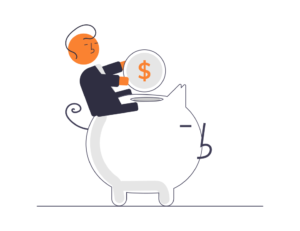
Factors Affecting the Cost of Dating App Development
When estimating how much it costs to build a dating app, several factors play a key role. Firstly, the type and size of the app are crucial determinants. A basic dating app with essential features like user profiles, matching algorithms, and messaging capabilities will naturally cost less than a more feature-rich and complex app. More advanced functionalities include video calling, social media integration, gamification elements, and premium subscription models, all of which drive up the development cost.
Moreover, design complexity and user experience (UX) significantly impact the overall cost. A visually appealing and intuitive design requires extensive effort from skilled designers and UX experts. The more intricate and customised the design, the higher the associated costs.
Another critical factor is the tech stack and programming languages used for the app’s development. Different technologies and frameworks have varying levels of complexity, learning curves, and associated costs. For instance, developing a native app for iOS and Android separately can be more expensive than creating a cross-platform app using frameworks like React Native or Flutter. The choice of tech stack also influences the cost of ongoing maintenance and future updates.
Finally, thorough testing and quality assurance (QA) are essential for ensuring a bug-free and high-quality app experience. Comprehensive testing, including functional, performance, security, and user acceptance testing requires dedicated resources and can contribute significantly to the overall development cost. Neglecting proper testing can lead to costly issues and negative user experiences down the line, potentially undermining the app’s success.
Core Features and Their Implementation Cost
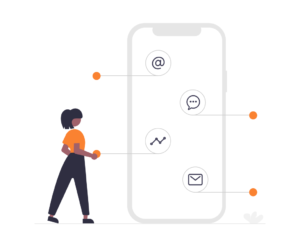
At the heart of any dating app lies a set of core features that form the backbone of the user experience. These essentials are vital for attracting and retaining users and significantly impact the overall development cost. How much does it cost to build a dating app featuring these core elements? Let’s delve into the key core features and their associated implementation costs:
User Registration and Profile Creation: Creating user profiles typically involves integrating with social media platforms or email providers for seamless sign-up. Developing a user-friendly registration process with robust data validation and security measures can cost anywhere from £1,000 to £5,000, depending on the complexity and customisation required.
Location-Based Matching and Swiping Mechanism: This feature matches users based on geographic proximity and personal preferences. Implementing a location-based matching algorithm and the swiping mechanism can range from £5,000 to £15,000. Costs vary based on the algorithm’s complexity, third-party mapping service integration, and desired customisation.
In-App Messaging and Chat Functionality: Facilitating communication between matched users is a critical component. Developing a secure and reliable messaging system, complete with push notifications, read receipts, and multimedia support, can cost between £5,000 and £10,000. The cost may increase if advanced features like real-time messaging, voice and video calling, or AI-powered chatbots are incorporated.
Push Notifications and Real-Time Updates: To keep users engaged and informed, push notifications and real-time updates are essential. Implementing these features can cost anywhere from £1,000 to £3,000, depending on the complexity of the notification system and the integration with various platforms (iOS, Android, web). Additionally, real-time updates may require implementing WebSockets or other real-time communication protocols, which can further increase the cost.
Advanced Features and Their Implementation Cost
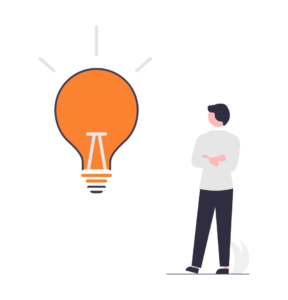
Advanced functionalities can elevate the user experience and provide a competitive edge, but they come with a higher price tag. One sought-after feature is voice and video calling integration. This functionality allows users to have real-time conversations, fostering deeper connections. Implementing voice and video calling can be costly, requiring integration with specialised services like Twilio or Agora. Costs range from £3,000 to £10,000 or more, depending on complexity and scale.
Social media integration can streamline user experience and facilitate user acquisition. By allowing users to sign up and log in with their social media accounts, you reduce friction during onboarding. Additionally, it enables features like sharing profiles or success stories. The cost varies depending on the number of platforms and the level of integration required, typically ranging from £1,000 to £3,000.
Gamification elements and icebreakers can add fun and engagement, encouraging users to interact more frequently and stay active. Features can include quizzes, challenges, virtual gifts, or unique conversation starters. Costs can vary based on the complexity of the gamification mechanics, ranging from £3,000 to £20,000.
Premium features and subscription models can provide a lucrative revenue stream. By offering exclusive features to paid subscribers, you can monetise your user base and incentivise long-term engagement. Implementing a robust subscription system, including secure payment gateways and user management, can cost anywhere from £4,000 to £12,000 or more, depending on complexity and scale.
Cost Estimation and Budgeting Tips
Accurately estimating how much does it cost to build a dating app can be daunting. With careful planning and a strategic approach, you can minimise expenses without compromising on quality. Start by understanding your app’s requirements and desired features. This will serve as a foundation for estimating development effort and associated costs.
One effective strategy is to break down the project into smaller components. This approach allows you to prioritise core features and allocate resources accordingly. Start with essential functionalities such as user registration, profile creation, and location-based matching. Once these are in place, you can introduce additional features based on budget and timeline.
Leveraging pre-built solutions or templates rather than building everything from scratch can significantly reduce development time and costs. Evaluate the quality, scalability, and customisation options of these solutions to ensure they align with your long-term goals.
Outsourcing development to a skilled team in a cost-effective location can also help minimise expenses. Countries like India, Ukraine, and Poland have talented developers who offer competitive rates. Thoroughly vet potential partners, review their portfolios, and establish clear communication to ensure smooth collaboration.
Consider implementing a minimum viable product (MVP) approach. Launch a basic version of your dating app with essential features and iterate based on user feedback. This strategy reduces upfront costs and allows you to validate your concept before investing in advanced functionalities.
Don’t overlook ongoing maintenance and update costs. Dating apps require regular updates for bug fixes, security patches, and compatibility with new device models. Allocate a dedicated budget for post-launch maintenance and enhancements to ensure your app remains competitive and user-friendly.
Revenue Generation Strategies for Dating Apps
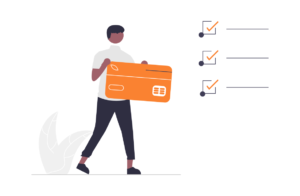
Several monetisation strategies for dating apps exist:
Membership Fees and Paid Subscriptions: Many dating apps offer freemium models, where users access basic features for free but pay to unlock premium features. These could include advanced filters, unlimited swipes, and the ability to see who viewed your profile. Subscription plans are typically offered on a monthly or yearly basis, with discounts for longer commitments.
In-App Purchases and Premium Features: Dating apps can generate revenue by offering individual premium features as one-time or recurring in-app purchases. Examples include “super likes,” “boosts,” the ability to rewind accidental swipes, and access to exclusive dating events.
Third-Party Service Integration: Dating apps can partner with third-party services for commissions or affiliate revenue. They could offer gift delivery services or integrate with restaurant reservation platforms. The app earns a cut of any bookings made through the platform.
Advertising and Sponsored Content: Like many free apps, dating platforms can generate revenue through advertising. This could include traditional display ads, native advertising, sponsored profiles, branded filters, or stickers for messaging. Advertisers pay a premium to reach the highly targeted audience of dating app users.
Check out our guide on How Free Apps Make Money for a comprehensive guide on app monetisation.
Summary: How Much Does it Cost to Build a Dating App?
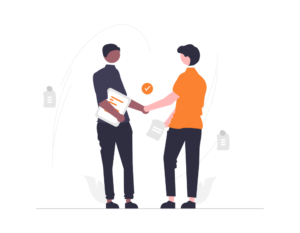
Embarking on the journey of developing a dating app can be both thrilling and daunting, but understanding the cost factors involved can set you on the right path. The development costs hinge on various elements: the type and scale of your app, design intricacy, and user experience, the chosen tech stack, and dedicated testing and quality assurance. Core features like user registration, profile creation, location-based matching, swiping mechanisms, in-app messaging, push notifications, and real-time updates form the foundation. For those aiming to stand out, advanced functionalities like social media integration, gamification elements, and premium subscription models can elevate user engagement but add to costs.
Budgeting effectively is a game-changer. Break down your project into manageable components to get a clearer view of expenses. Leveraging pre-built solutions or templates can significantly cut costs without compromising quality. Consider outsourcing development to skilled teams in cost-effective locations to maximise your budget. A Minimum Viable Product (MVP) approach enables you to launch a basic version of your app, test market waters, and refine based on real user feedback. Lastly, don’t overlook ongoing maintenance and updates to keep your app competitive and user-friendly.
Remember, at Ingenious App Studios, we are more than just a service provider; we’re your collaborative partner. We’ve been in your shoes and are here to support you every step of the way, making your entrepreneurial dreams a reality. Get in touch and let’s bridge the gap between your vision and a market-ready product together!
